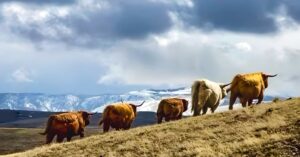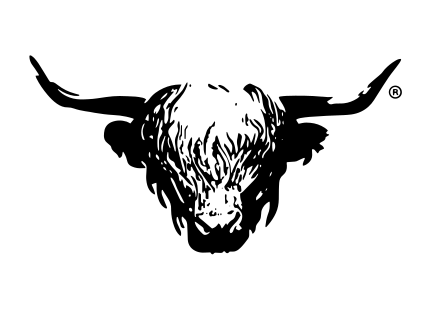 The Grande Old Breed
The Grande Old Breed
Highland cattle are one of the oldest breeds in the world, originating from Scotland as far back as the 6th century. The extremely harsh conditions of the rugged, remote Scottish Highlands created a process of natural selection, where only the fittest and most adaptable animals survived to carry on the breed. This “Grande Old Breed” can be traced to the first herd book being published in 1885 by the Highland Cattle Society in Scotland.
The first recorded importation into the United States occurred in the late 1890’s when western cattlemen recognized the need to improve the hardiness of their herds. Earlier importations are likely to have occurred since large numbers of Scotch/Irish immigrants came to this country early on but the absence of a registry precludes any definite proof. The American Highland Cattle Association registry was formed in 1948. Highlands are found in all fifty states and acclimate well to the environment yet it is best to buy cattle from a climate similar to your farm.
Originally there were two distinct classes; the slightly smaller and usually black Kyloe, whose primary domain was the islands off the west coast of northern Scotland. The other was a larger animal, generally reddish in color, whose territory was the Highlands. Today both of these strains are regarded as one breed – Highland. In addition to red and black, yellow, dun, white, brindle and silver are also traditional colors.
Their moderate frame is ideal for small and large farms alike in various climates and regions of the country. Highland cows will average 900-1200 pounds when mature. Bulls will average from 1500-1800 pounds depending on forage conditions.
